from MoonRaven’s Social Alchemy Blog (Saturday, June 9, 2012 )
I’ve written about the Federation of Egalitarian Communities in my post [on my blog] on Egalitarian Communities, and about Twin Oaks in a post entitled Real Models 1:Twin Oaks. What I want to write about here is what is happening in Louisa County, Virginia, where Twin Oaks is located.
Twin Oaks has been around for forty-five years as of this year and has a population of about a hundred people (adults and children). While this would be impressive enough, in 1993 some folks from Twin Oaks helped found a second community, called Acorn. (Yes, this is a spinoff reference.) Acorn is located in Mineral, a town over from Twin Oaks, and now has about 30 members. Last year, with help from Twin Oaks and Acorn, work was begun on Living Energy Farm. This will be a community, education center, and farm which will also be a demonstration of how it is possible to live without fossil fuels. Twin Oaks and Acorn are members of the FEC and Living Energy Farm is a Community in Dialogue with them. All are located close to one another in Louisa County. (Update: As of 2016, there are now five income sharing communities in Louisa County–not only Twin Oaks and Acorn and Living Energy Farm but also Sapling and Cambia )
…given the size and stability of Twin Oaks and Acorn, with their help, this (and Living Energy Farm) will probably succeed. In fact, at this point, Twin Oaks and Acorn both have long waiting lists of people who want to get into them. The waiting list at Acorn is at least six months and I suspect the waiting list at Twin Oaks is a lot longer.
 Land Day at Acorn
Land Day at Acorn
I find what’s happening in Louisa County very inspiring. There’s a growing community of communities there within a few miles of each other, backed by the durability of Twin Oaks (and now Acorn) and an apparent real longing for community, as evidenced by the waiting lists.
But what’s really amazing is that Louisa County isn’t the only place this is happening. In Rutledge, a small town in northeastern Missouri (population 109) there are also three growing, thriving intentional communities that are working together.
Sandhill Farm is the oldest, started in by four 24-year olds in 1974, now at maybe eight members. That may not seem impressive, but the fact that Sandhill was there and supportive encouraged a small group of students from California who wanted to build an ecovillage to settle there in 1997 (incidentally, the group began to converge in 1993, the same year Acorn started). Dancing Rabbit now has sixty-something members, residents, and children. They are talking about wanting 500 to 1000, but even having sixty now is pretty good. Among other things, Dancing Rabbit wants to have a “Society of Communities”. One community within Dancing Rabbit is Skyhouse. Dancing Rabbit isn’t an FEC community but Skyhouse is (and so is Sandhill). Then, in 2005, Red Earth Farms, “an intentional community of homesteads” bought 76 acres of land adjacent to Dancing Rabbit. There’s now about seventeen adults and children living there. From what I understand, there is a lot of traffic back and forth between the three communities–and a lot of support for each other. And, not far away, in La Plata, Missouri, is the Possibility Alliance, very interesting community of nine folks that has some links with the three Rutledge communities. In addition, some students from Colby College are making a film about the three communities called “The Rhythm of Rutledge”.

Sandhill folks having fun
Paxus has written a post called “The best parts of America” where he talks about all these communities as well as some of the other FEC related communities around the country. It’s a nice overview of this process.
What is so exciting to me is the building energy in Louisa and Rutledge. Far from the urban mainstream, folks are gathering (about 130–so far–in VA and nearing a hundred in northeastern MO) and supporting each other in building communities. The long waiting lists for the communities in Virginia shows the hunger for this and the durability of the communities. The fact that Twin Oaks has also been running strong since 1967 is an interesting answer to “Whatever happened to all those communes from the sixties?” I think it’s also significant that Sandhill has been hanging in since the seventies and has managed to attract and support two other communities in their small town. Building strong vibrant egalitarian community is possible, and even very successful, at least in two places in the US.
Addendum (6/12/12): I finally found a piece of info that I was looking for. I never really understood why the folks at Red Earth Farms decided to create something separate from Dancing Rabbit. From Laird Schaub’s (of Sandhill) blog Laird’s Commentary on Community and Consensus in a post labeled ‘Culture Forming in Northeast Missouri’:
“When some DR members were unhappy about the community’s adamancy about maintaining a high population density, they started the spin-off community of Red Earth Farms, on 76 adjoining acres in 2007. Red Earth is based on a more agrarian, homestead model of land development.”
Addendum (5/13/16): There are now five (5!) income sharing communities in Louisa County, the two newest being Sapling and Cambia.
Quote of the Day: “Why We Exist–Because we share so much, and because we are committed to a vision of community which transcends our individual groups, we have joined together to cooperate on publications, conferences, recruitment efforts, community support systems including health care, and a variety of other mutually supportive activities. Our aim is not only to help each other; we want to help more people discover the advantages of a communal alternative, and to promote the evolution of a more egalitarian world.” – from the FEC website

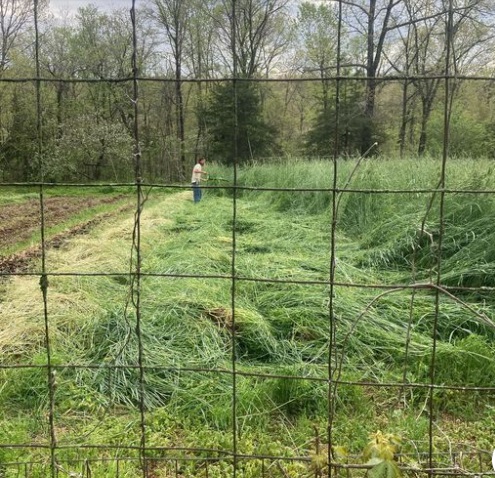



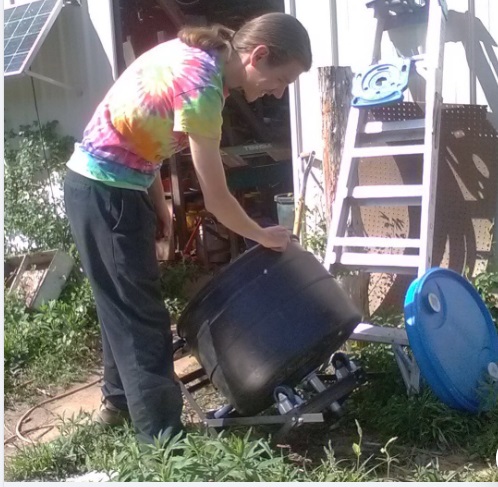


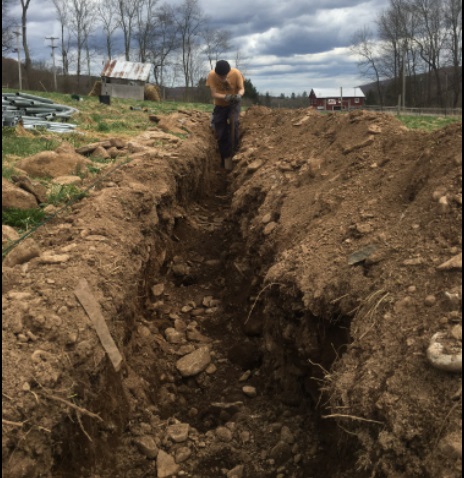

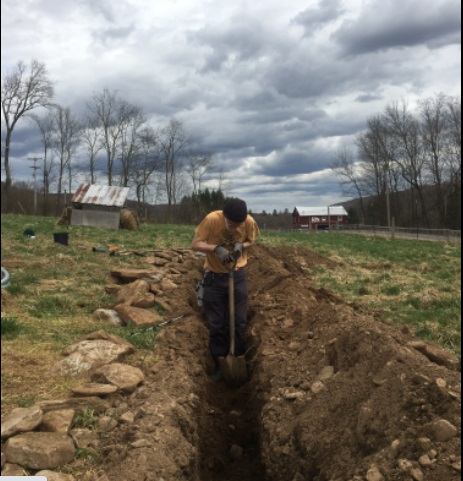
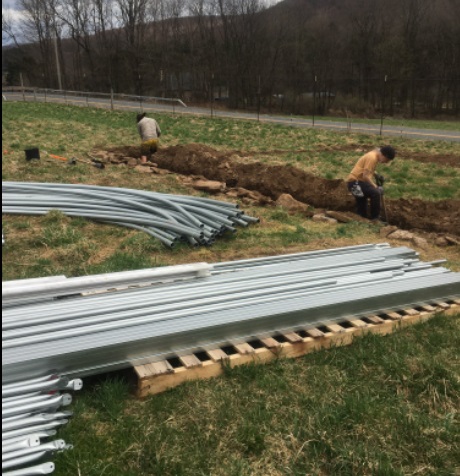
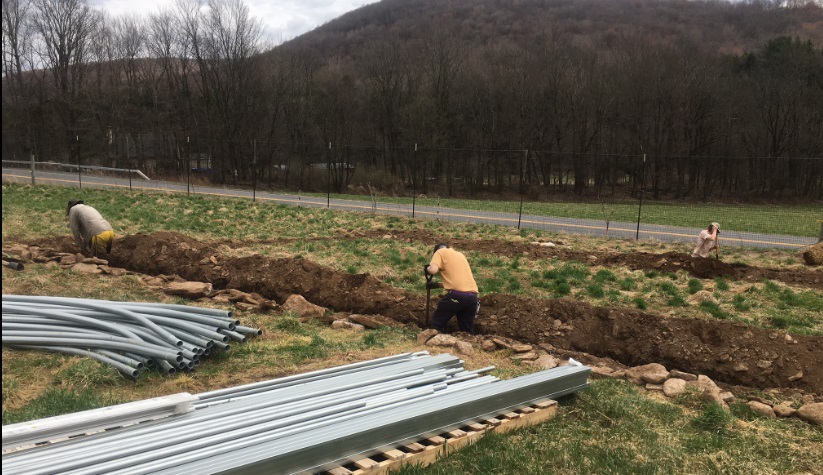



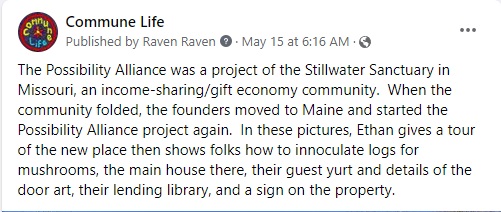
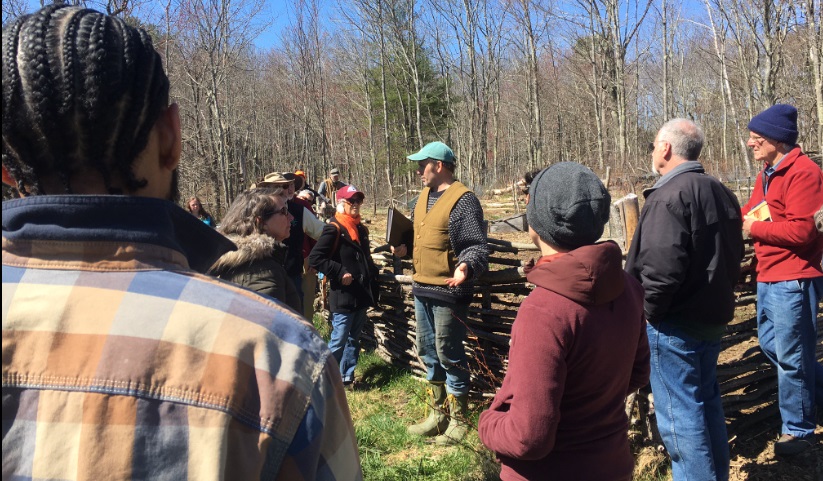
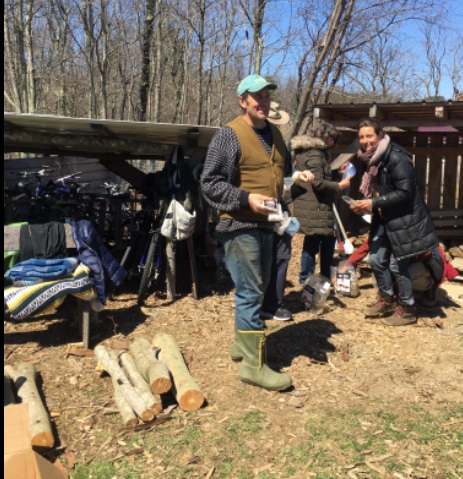


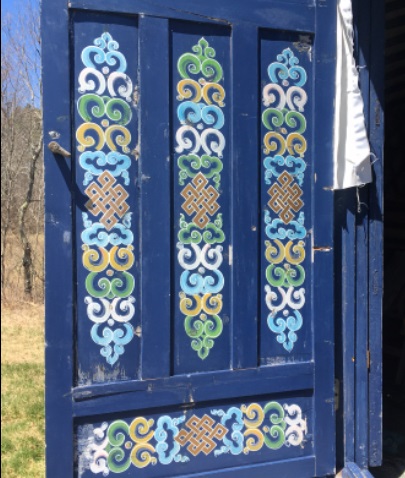




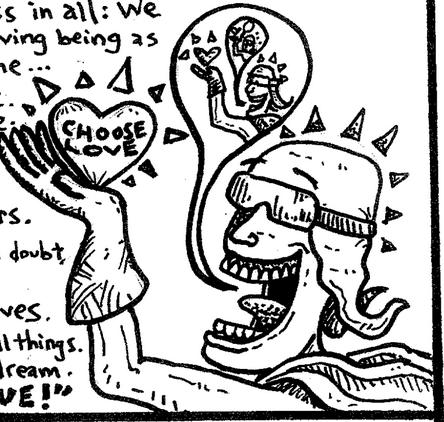
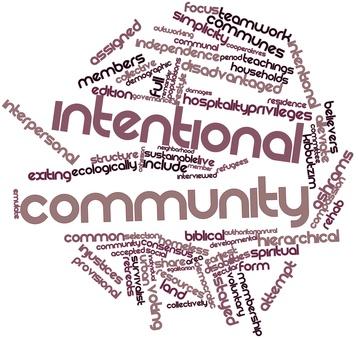
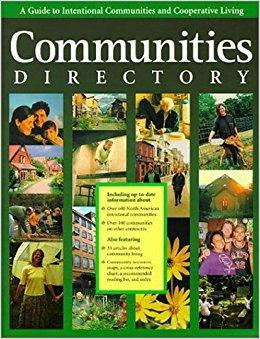 structure (say Acorn), that there are communities that approach a middle class lifestyle and communities (like Living Energy Farm and the Stillwater Sanctuary) that are already preparing for life beyond fossil fuels. I’ve heard some folks talking recently about communities of people of color. I’m not threatened by this, any more than I’m threatened by women’s communities. And as much as I’m an advocate for egalitarian, income sharing communities, I’m well aware and even happy that this is only a small percentage of all the communities out there–there are co-operative houses, cohousing communities, ecovillages, hybrid communities of all kinds, and many varieties of spiritual communities, to name the most common ones in the
structure (say Acorn), that there are communities that approach a middle class lifestyle and communities (like Living Energy Farm and the Stillwater Sanctuary) that are already preparing for life beyond fossil fuels. I’ve heard some folks talking recently about communities of people of color. I’m not threatened by this, any more than I’m threatened by women’s communities. And as much as I’m an advocate for egalitarian, income sharing communities, I’m well aware and even happy that this is only a small percentage of all the communities out there–there are co-operative houses, cohousing communities, ecovillages, hybrid communities of all kinds, and many varieties of spiritual communities, to name the most common ones in the 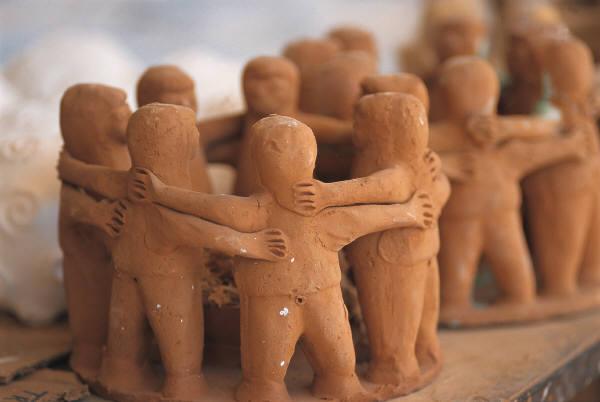
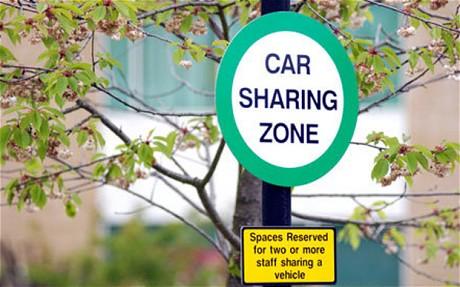
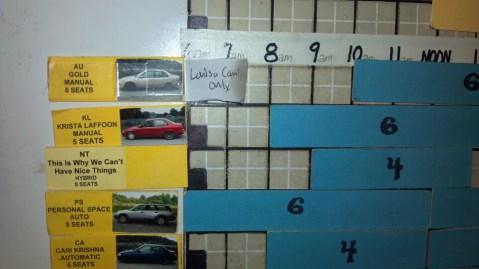
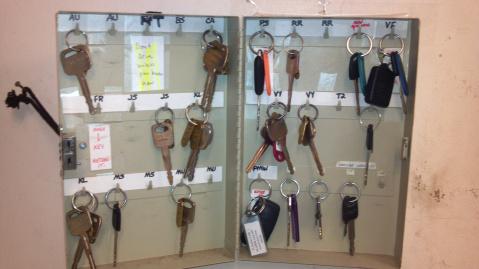

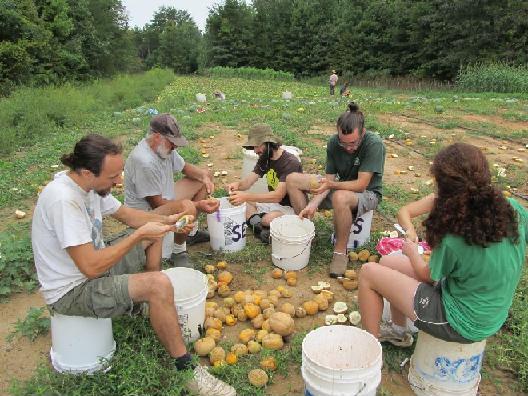
 Land Day at Acorn
Land Day at Acorn